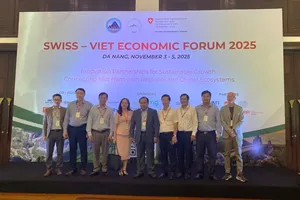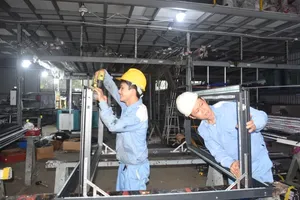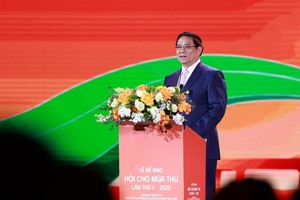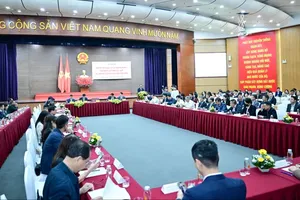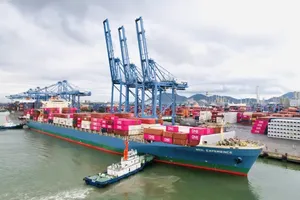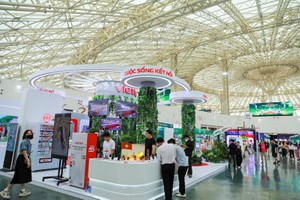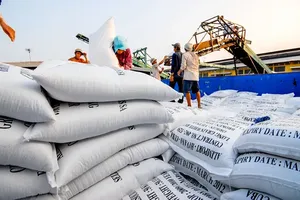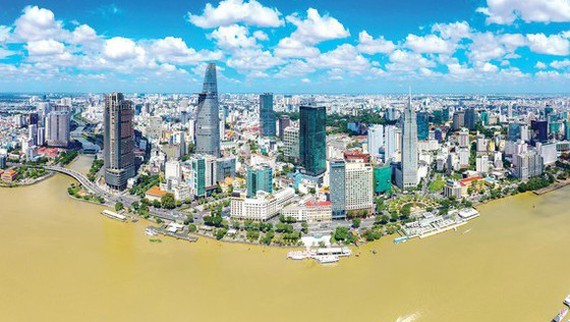
The Asian Development Bank (ADB) has trimmed its forecasts for economic growth in developing Asia this year and next year as growth in the People’s Republic of China (PRC) and India is weighed down by both external and domestic factors.
While growth rates are still solid in developing Asia, persistent trade tensions have taken a toll on the region and are still the biggest risk to the longer-term economic outlook. Domestic investment is also weakening in many countries, as business sentiment has declined,” said ADB Chief Economist Mr. Yasuyuki Sawada. “Inflation, on the other hand, is ticking up on the back of higher food prices, as African swine fever has raised pork prices significantly.”
In East Asia, growth in the PRC is now expected at 6.1 percent this year and 5.8 percent next year due to trade tensions and a slowdown in global activity coupled with weaker domestic demand, with family wallets being hit by pork prices that have doubled relative to a year ago.
Growth could accelerate; however, should the United States and the PRC come to an agreement on trade, the report says. In September, ADB forecast GDP growth of 6.2 percent in 2019 and 6.0 percent in 2020.
Hong Kong (China) already in technical recession, will see severe downward pressures persist possibly into 2020. The economy is now expected to contract 1.2 percent this year and grow 0.3 percent next year.
In Southeast Asia, many countries are seeing continued export declines and weaker investment, and growth forecasts have been downgraded for Singapore and Thailand. GDP growth is expected to slow in the Pacific with activity in Fiji, the sub region’s second largest economy after Papua New Guinea, expected to be more subdued than previously anticipated.
In Vietnam, GDP growth in the first 3 quarters of 2019 accelerated to 7.0 percent, the highest rate over the same period in the past 9 years. Private consumption rose by 7.3 percent, and investment expanded by 7.7 percent, boosted by an improved business environment, continued investor confidence, and increased foreign direct investment.

